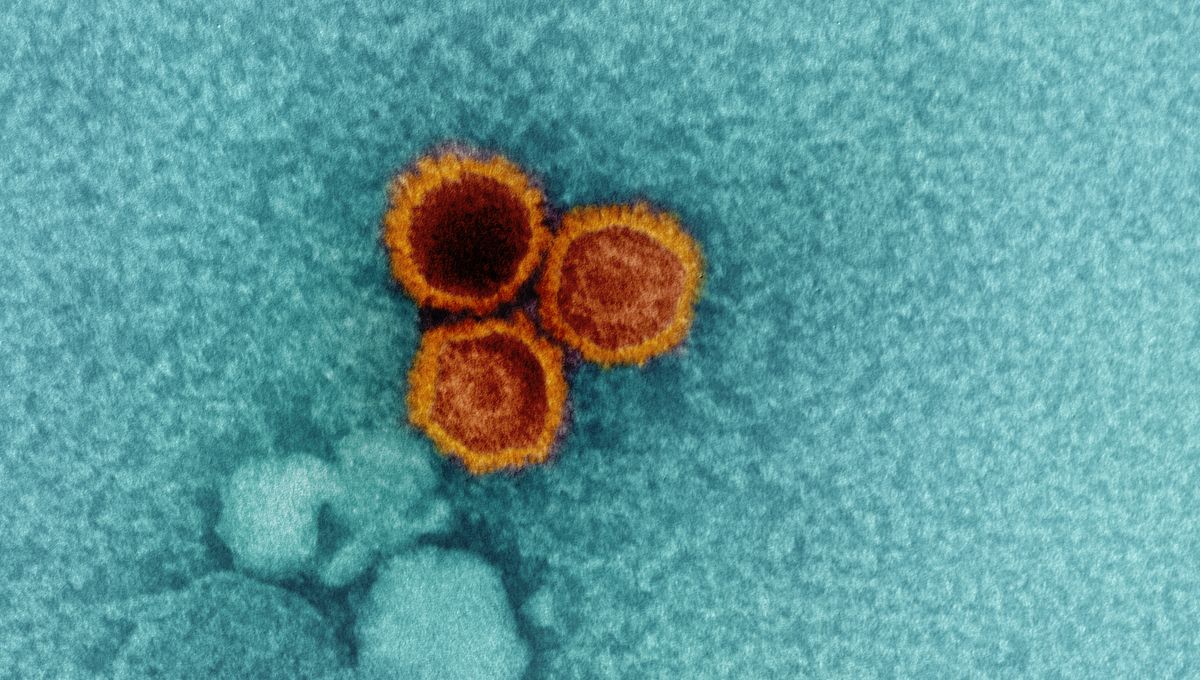
Epstein-Barr Virus (EBV) has no available vaccine or cure – but that may not be the case forever. New research has uncovered some of the virus’s vulnerabilities, opening the door to the possibility of targeted treatment.
You are probably infected with EBV. It’s overwhelmingly prevalent in the human population, estimated to have infected around 95 percent of us, yet most people would never know they had it. However, when it does decide to rear its head, it’s associated with some fairly nasty diseases including mononucleosis (sometimes called glandular fever), multiple sclerosis, and some cancers.
A lot of effort has gone into developing a vaccine for EBV, but as of now there isn’t one available, and we also don’t have any specific treatments for the virus.
Despite how widespread it is, and how serious its effects can be, EBV was only discovered in 1964 by Dr Anthony Epstein –who recently passed away aged 102 – and his then-doctoral student Yvonne Barr. At the time, it was groundbreaking – no cancer-causing virus had ever been identified before. Since then, we’ve learned of others like the human papillomavirus (HPV), for which we even have a very effective vaccine. However, EBV is still stubbornly resistant to treatment.
Thanks to a new study, that could be about to change. Investigators at the National Institute of Allergy and Infectious Diseases (NIAID) examined a protein called gp42 which EBV uses to infect B cells, a type of white blood cell, in which the virus can sit quite happily for the remainder of a person’s life.
The team developed two monoclonal antibodies targeting gp42, called A10 and 4C12. The aim is to stop the protein from binding to or fusing with the B cells, preventing the virus from getting in there in the first place.
X-ray crystallography revealed that the two antibodies were interacting with two different sites on the gp42 protein. To investigate how this could impact EBV infection, the team performed experiments on mice using A10, 4C12, and several other antibodies. A10 came out on top: it almost completely blocked infection and none of the treated mice developed lymphoma, one of the cancers associated with EBV.
While still limited to mice for now, the results are promising. If further research shows a similar effect in humans, A10 could be a promising preventative option for people not yet infected with EBV. It could also be a game-changer for people with compromised immune systems, due to illness or transplant surgery for example. These individuals are at particular risk of severe disease caused by EBV, which can even be fatal.
Having identified the weak spots on the gp42 protein, scientists could also now go on to design vaccines that generate antibodies to one or both of the sites, giving the human immune system the chance to mount its own response against this ubiquitous threat.
The study is published in the journal Immunity.
Source Link: This Virus Infects Around 95 Percent Of Us – And Its Weak Spots Have Now Been Found